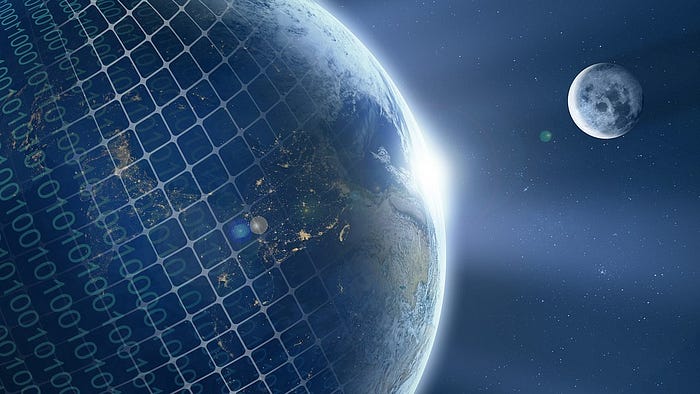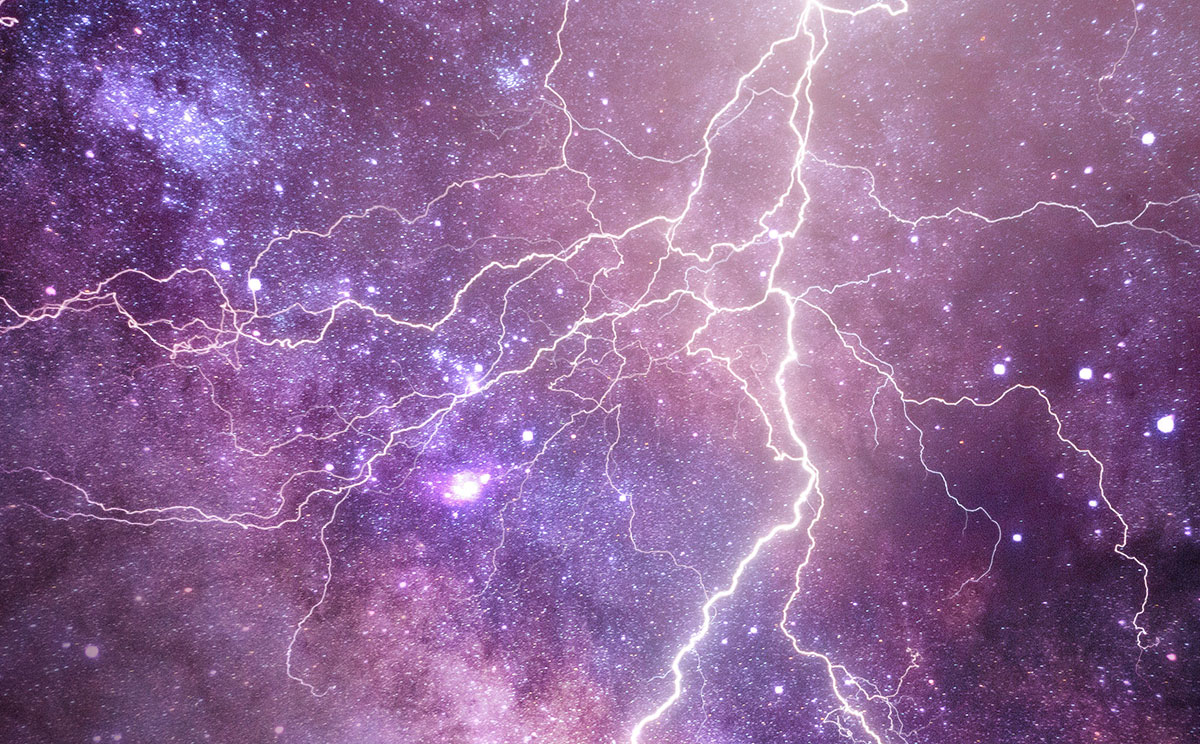There are many alternative theories that contrast ideas to the Big Bang, this is as many scientists think the idea of a single colossal explosion of light is not how the universe began, part of this is because science is an evidence-based subject, meaning accepted theories always go where the evidence points – some scientists do not believe that there is enough evidence to prove the truth of the Big Bang Theory and so believe in others such as the theories stated below.
The Steady State Model.
The Steady State Model denies the possibility of there being a beginning and end for the universe, instead opting for a continually expanding universe that maintains the same overall density. In this theory, galaxies, planets as well as all other forms of matter are in a cyclic process of continual recreation as old astronomical objects become unobservable, new creations take their place.
This theory was first proposed by Sir James Hopwood Jeans in 1928 and was further developed in the late-1940s by Fred Hoyle, Thomas Gold and Hermann Bondi.

Simulation Theory
Many people (particularly in Silicon Valley in the US) like the idea that we are living in a colossal simulation. This idea was popularised when it got the attention of Elon Musk who in an interview said that it could be possible although there is currently no evidence. In 2017, Oxford researchers explored this theory and eventually concluded that it was likely not possible. They came to this conclusion because a “simulated universe needs a computer bigger than its creation” and “such a hypothetical computer would need to be powerful enough to calculate the motion of very particle.

The Bouncing Cosmological Model
The Bouncing Cosmology, Big Bounce, or Cyclic Universe model involves a fast, Big Bang - like expansion of the universe, however, it adds a rewind function, accounting not only for expansion, but also the contraction of the universe.
A cyclical universe shrinks to its smallest volume, and then “bounces” back into a subsequent expansion. Another variant proposes a cosmos that only bounced once. In this one, the present-day universe came into being after an earlier contraction. According to the single-bounce theory, the universe of today will expand forever.

The Plasma/Electric Universe Theory
In this theory, plasma takes the main role in all cosmological events, it is proposed that electric currents flow along “plasma filaments” are capable of shaping and powering galaxies. These currents flow into stars and power them as if they were a light bulb.
This theory was first proposed in the 1930s by a Nobel-winning physicist named Hannes Alfvén. He argued that if plasma networked across the universe, it could carry electric currents capable of generating a magnetic field. While this theory did not have significant uptake, he later won a Nobel Prize for his work in magnetohydrodynamics.

The Black Hole Origin Theory
The Back Hole Origin Theory suggests that the universe that we live in came out of a black hole from another universe. In this model, we are living beyond its even horizon. This theory has been circulating for some time, researchers at presented a paper exploring how black holes might be the origin of our universe. In a different and more recent version from theoretical physicist Nikodem Poplawski at Indiana University in the US, the observable universe is the interior of a black hole existing as one of possibly many inside a larger parent universe, or multiverse. If true, it could be said that every black hole is a doorway to a new universe. But since we currently do not have the ability to cross the enter a black hole, there is no way to confirm or falsify this theory.
